
TSG, tumor suppressor gene
P53 tumor suppressor gene
Gene that deciphers the cancer code
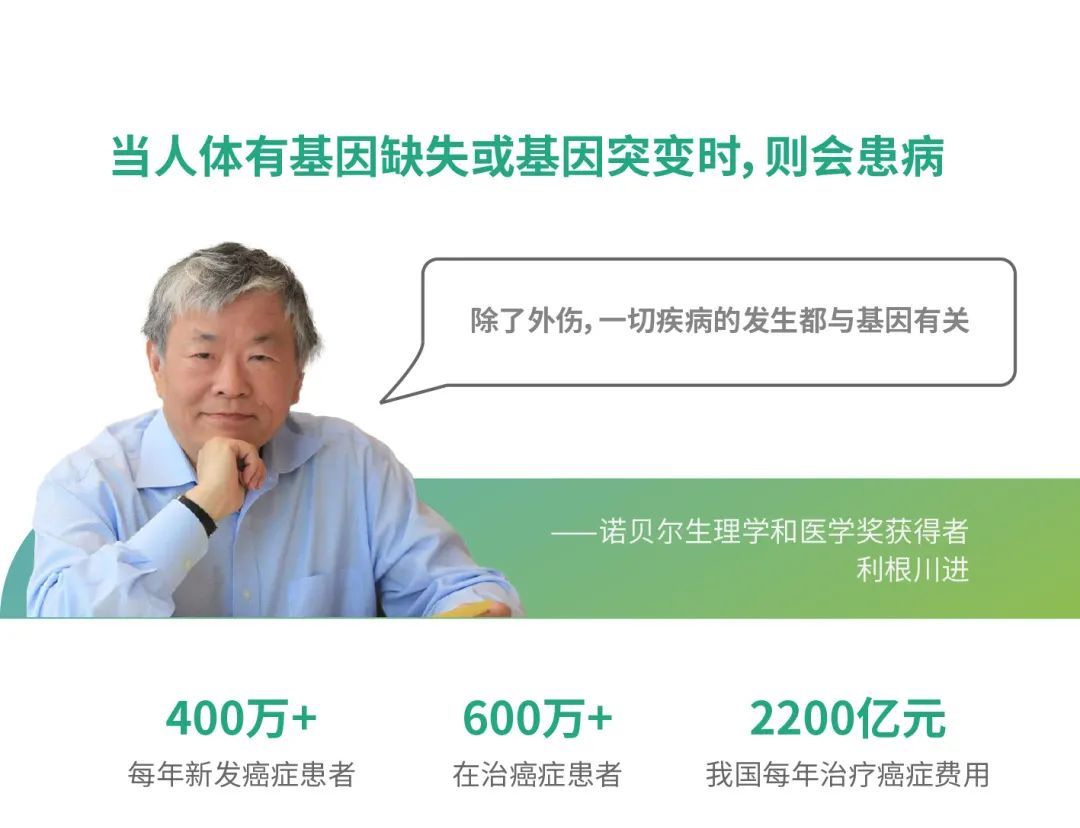
Cancer is a genetic disease, a multi-stage, long-term evolutionary process in which multiple oncogenes are activated and tumor suppressor genes are inactivated in human cells under the influence of external environmental factors. Cancer is a killer that seriously threatens human health and life. At present, the main treatments for tumors are surgery, radiotherapy and chemotherapy. Although medical scientists continue to improve these three treatments, many cancer patients are still difficult to cure. People are paying more and more attention to improving the cure rate of tumors through "root cause" methods. Gene therapy is the only way for humans to conquer tumors in the 21st century.
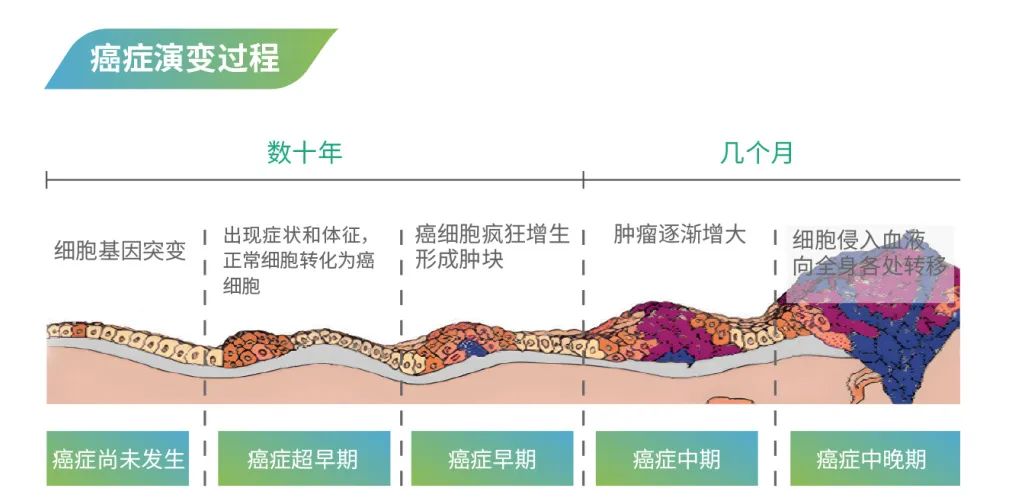
The long evolution of cancer
What is the P53 gene?
guardian of the genome
Gene Guardian - TP53 gene, also known as P53 gene, is named because it encodes a protein with a molecular weight of 53kDa. Simply put, one of the important functions of the P53 protein encoded by the TP53 gene is to regulate cell division and proliferation. The cell division and proliferation in the body is always regulated by "instructions". Each cell has its own duties and jointly maintains the stable operation of the body.
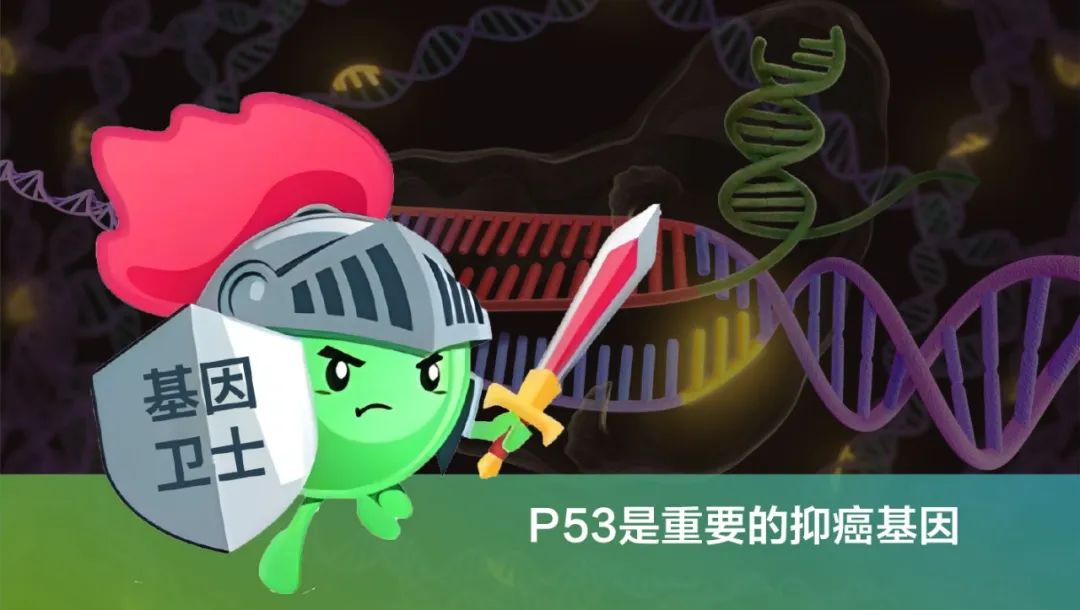
For example, the human body is composed of about 40-60 trillion cells, and these cells perform their functions just like a society. When everyone builds a stable and harmonious society together, the body is healthy. When a bad apple appears in a group of diligent cells, it will have a negative impact on society, and even turn into a terrorist, destroying precious labor results, occupying resources, causing physical diseases, and even cancer...
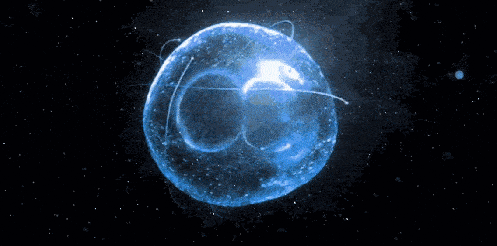
Under normal circumstances, the TP53 gene will monitor cell division and allow good cells to continue to divide and proliferate; what if it is a damaged cell? The TP53 gene will assess the degree of cell damage. If the degree of damage is not serious, it will assist in cell repair. If it is a "bad" cell with severe DNA damage or chromosome structural variation, the TP53 gene will inhibit cell division and guide cell apoptosis to prevent them from constantly dividing and becoming tumor cells. This is the anti-cancer effect of the TP53 gene.
The main function of the P53 tumor suppressor gene
Genes are DNA or RNA fragments with genetic effects, also known as genetic factors. Genes express their own genetic information by guiding the synthesis of proteins, thereby controlling the characteristics of biological individuals. The existence and meaning of all life are determined by genes.
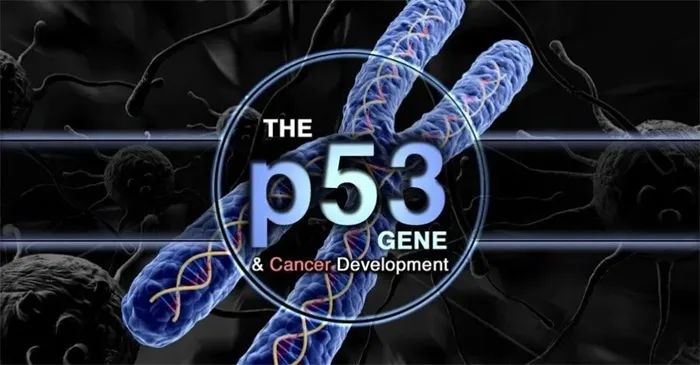
Genes not only determine the genetic characteristics of the human body, but also play an important role in the occurrence and development of diseases. Except for trauma, all diseases are caused by the interaction between genes (internal factors) and the environment (external factors).
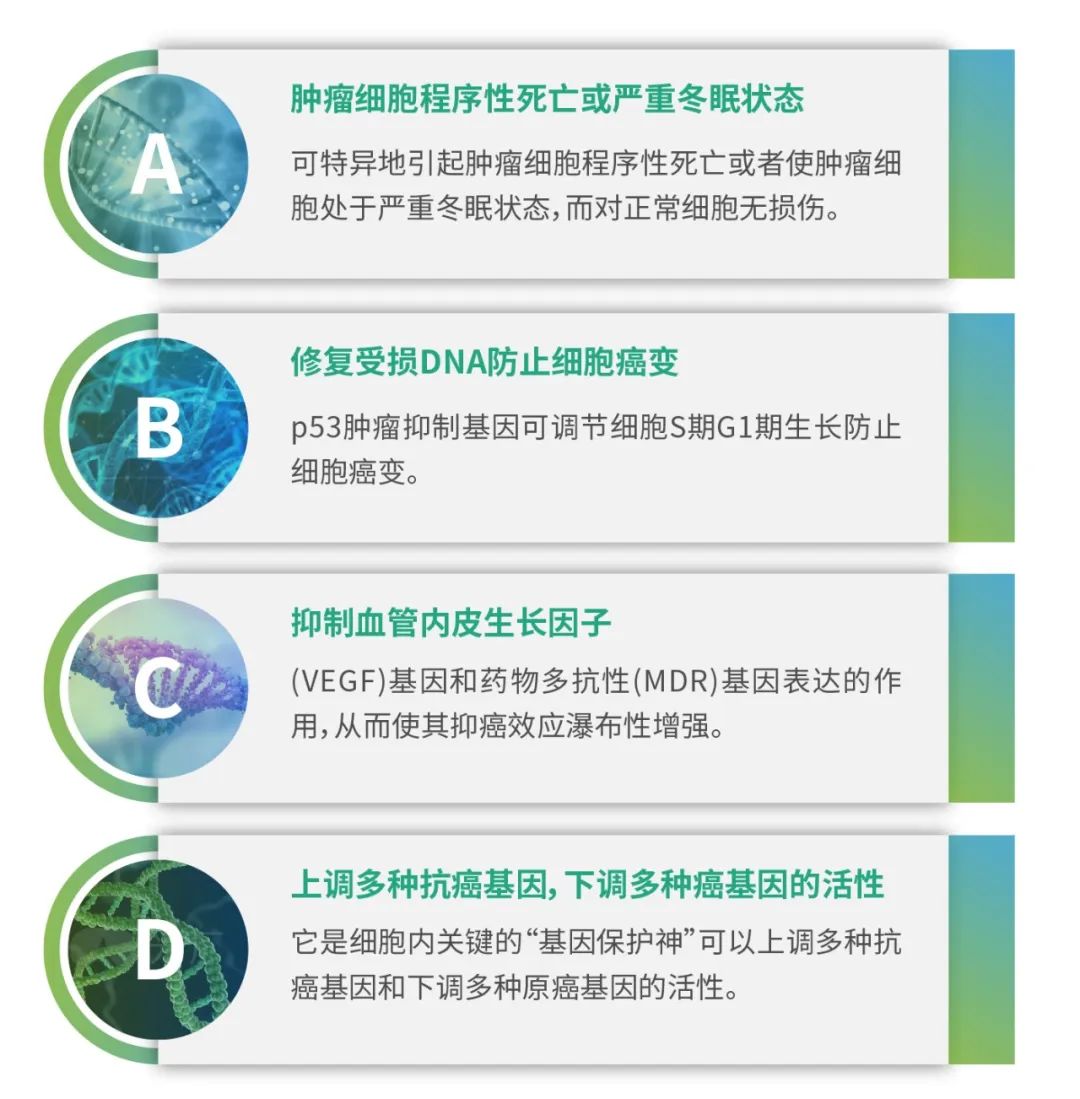
The wild-type P53 gene is introduced into tumor cells (Ad-p53) with the help of adenovirus vectors, and the P53 series proteins with normal biological activity are expressed, which can promote tumor cell death and inhibit tumor growth by inducing tumor cell apoptosis, blocking cell cycle, inhibiting tumor blood vessel growth, bystander effect, inhibiting tumor infiltration and metastasis, etc.
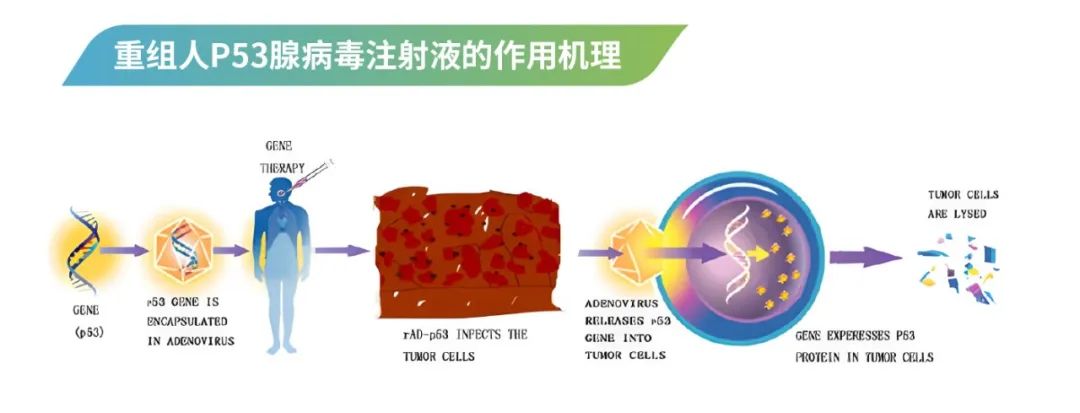
Cancer is a genetic disease, which is a multi-stage long-term evolution process in which internal oncogenes are activated and tumor suppressor genes are inactivated under the influence of external environmental factors. The P53 gene is an important cancer suppressor gene. Mutations in the P53 gene have been found in more than 50% of human malignant tumors. P53 mutations increase the rate of canceration and are closely related to the occurrence of tumors.
By detecting mutations in the P53 gene, the individual's resistance to cancer and risk index are evaluated. According to the test results, through receiving professional prevention guidance, adjusting dietary nutrition, improving lifestyle, professional health risk screening, early diagnosis and treatment and other methods, adverse environmental stimulation can be reduced to prevent the occurrence of tumors to the greatest extent possible.






